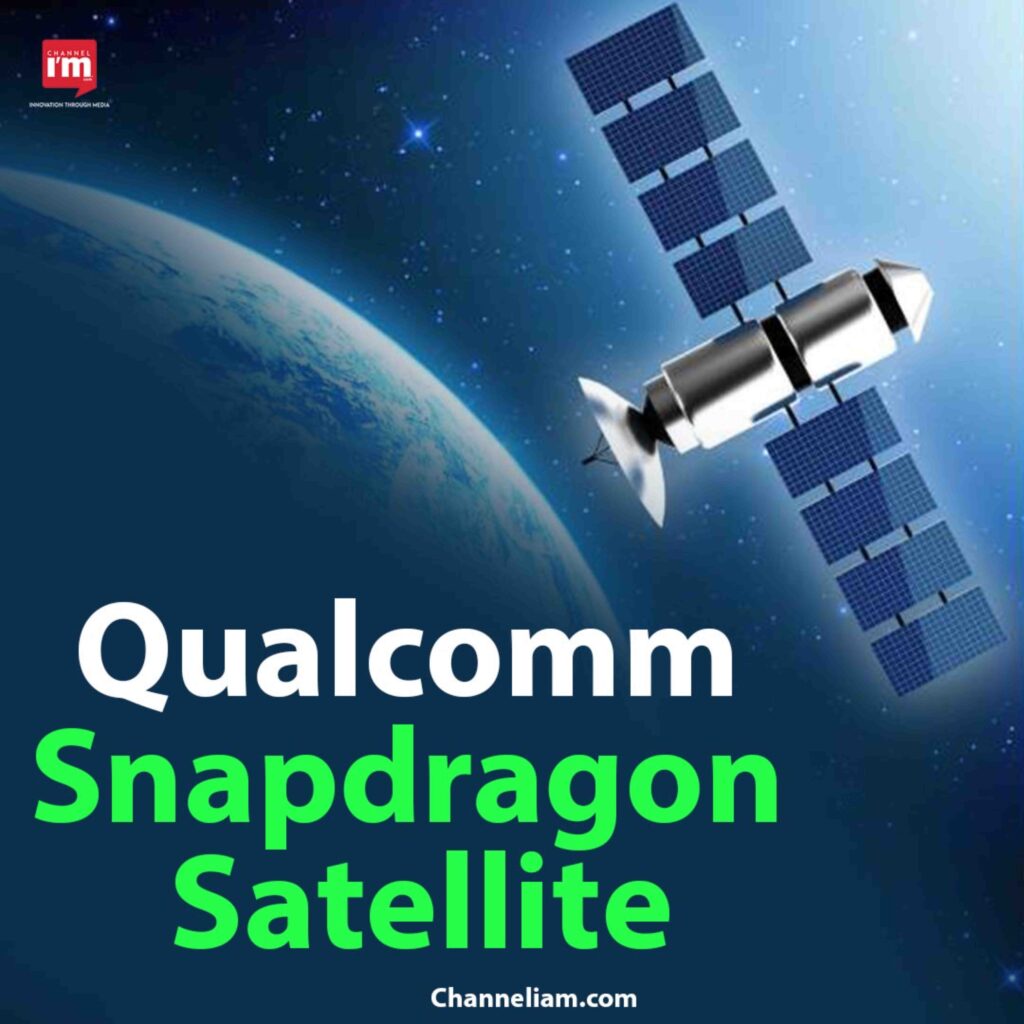Qualcomm at Mobile World Congress 2023 announced its partnership with Motorola, Nothing, Oppo, Vivo, Xiaomi, and Honor to develop smartphones with satellite communication capabilities powered by its Snapdragon Satellite features.

Snapdragon Satellite is the world’s first satellite-based, two-way messaging solution for smartphones. The Snapdragon Satellite, made in collaboration with Iridium Communications, will enable premium Android smartphones to connect and communicate without internet connectivity.
GPS equipment manufacturer Garmin will assist emergency response services in locating callers. This technology has several potential applications, including SOS services similar to Apple’s satellite-based Emergency SOS service.
Snapdragon Satellite provides truly global can support two-way messaging for emergency use, SMS texting, and other messaging applications—for a variety of purposes including emergencies and recreation in remote, rural, and offshore locations.
The solution is supported by the low-Earth orbiting (LEO) and fully operational Iridium® satellite constellation, which enables low-power, low-latency satellite connections utilising weather-resilient L-band spectrum.
As the ecosystem matures, Snapdragon Satellite will be available across all upcoming 5G modem-RF systems and Snapdragon Mobile Platform tiers (from 8- to 4-tier). Snapdragon Satellite will also expand beyond smartphones to other device categories in the computing, automotive, and IoT segments. It will also support 5G non-terrestrial networks (NTN) as these satellite infrastructures and constellations become available.
“Our long-standing relationships with Honor, Motorola, Nothing, OPPO, Vivo, and Xiaomi are rooted in innovations and delivering exceptional connectivity experiences to consumers,” said Francesco Grilli, vice president of product management at Qualcomm Technologies, Inc. “By incorporating Snapdragon Satellite into next-generation devices, our partners will be able to offer satellite messaging capabilities thanks to a mature and commercially available global LEO constellation, which can allow subscribers around the world to communicate outdoors with emergency service providers, as well as family and friends.”
